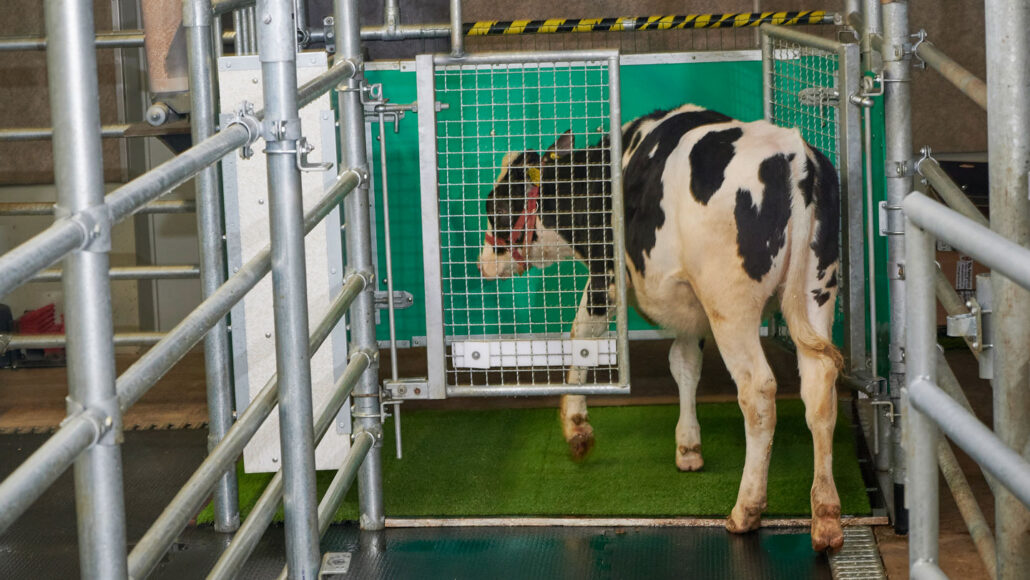Questions for ‘Potty-trained cows could help reduce pollution’

This cow is a whiz at potty training. Researchers trained it and other calves to use a bathroom stall (pictured) when they need to pee.
FBN (CC BY-SA)

This cow is a whiz at potty training. Researchers trained it and other calves to use a bathroom stall (pictured) when they need to pee.
FBN (CC BY-SA)
Register to access:
An error occurred. Please try again.
Already Registered? Enter your e-mail address above.